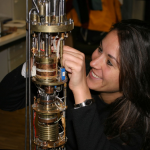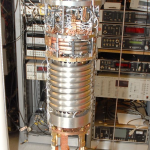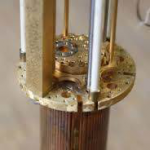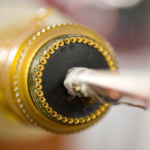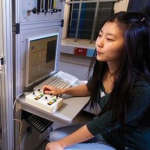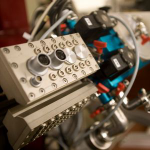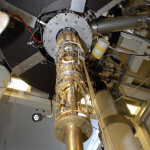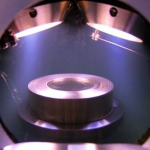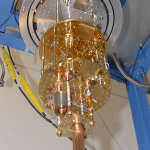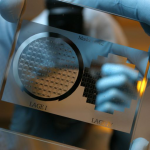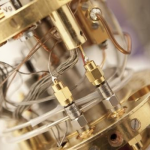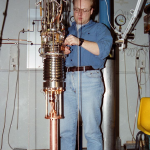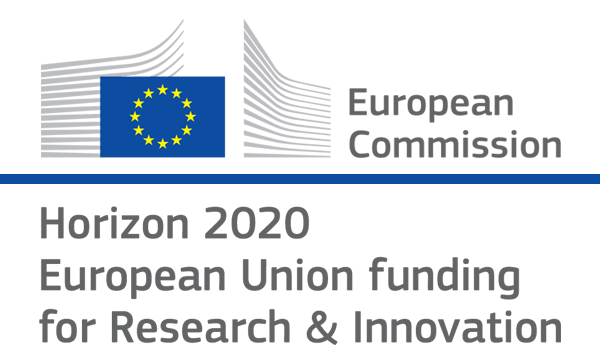

- Photon Transport in a Bose-Hubbard Chain of Superconducting Artificial Atoms
G. P. Fedorov et al., Phys. Rev. Lett. 126, 180503 (2021) - Path-Dependent Supercooling of the
He3 Superfluid A-B Transition
Dmytro Lotnyk et al., Phys. Rev. Lett. 126, 215301 (2021) - Superconductivity in an extreme strange metal
D. H. Nguyen et al., Nat Commun 12, 4341 (2021) - High-Q Silicon Nitride Drum Resonators Strongly Coupled to Gates
Xin Zhou et al., Nano Lett. 21, 5738-5744 (2021) - Measurement of the 229Th isomer energy with a magnetic micro-calorimeter
T. Sikorsky et al., Phys. Rev. Lett. 125 (2020) 142503
Discrete and mesoscopic regimes of finite-size wave turbulence
V. S. L’vov and S. NazarenkoBounding volume results in discreteness of eigenmodes in wave systems. This leads to a depletion or complete loss of wave resonances (three-wave, four-wave, etc.), which has a strong effect on wave turbulence (WT) i.e., on the statistical behavior of broadband sets of weakly nonlinear waves. This paper describes three different regimes of WT realizable for different levels of the wave excitations: discrete, mesoscopic and kinetic WT. Discrete WT comprises chaotic dynamics of interacting wave “clusters” consisting of discrete (often finite) number of connected resonant wave triads (or quarters). Kinetic WT refers to the infinite-box theory, described by well-known wave-kinetic equations. Mesoscopic WT is a regime in which either the discrete and the kinetic evolutions alternate or when none of these two types is purely realized. We argue that in mesoscopic systems the wave spectrum experiences a sandpile behavior. Importantly, the mesoscopic regime is realized for a broad range of wave amplitudes which typically spans over several orders on magnitude, and not just for a particular intermediate level.
Phys. Rev. E 82, 056322 (2010)
doi: 10.1103/PhysRevE.82.056322
